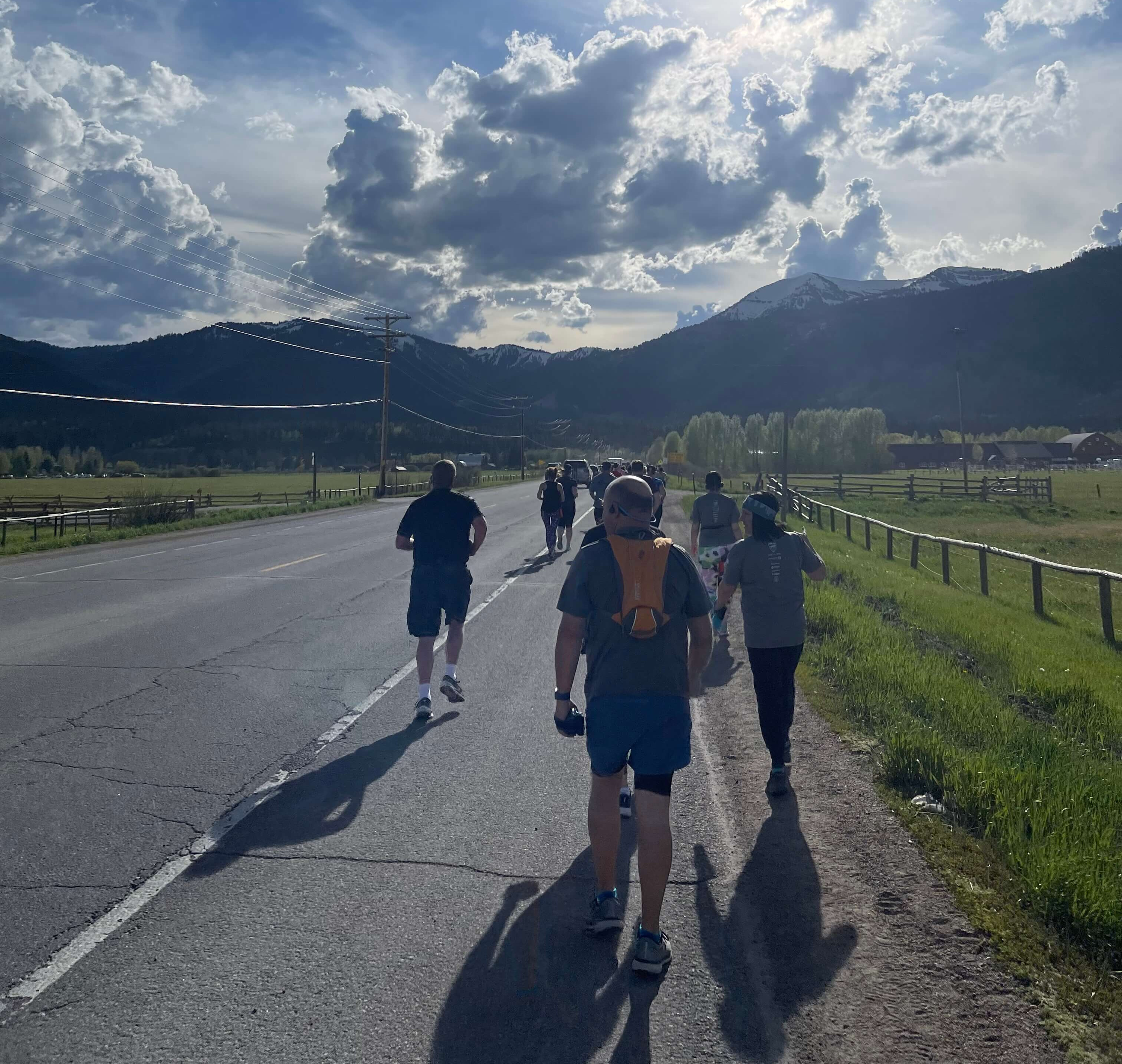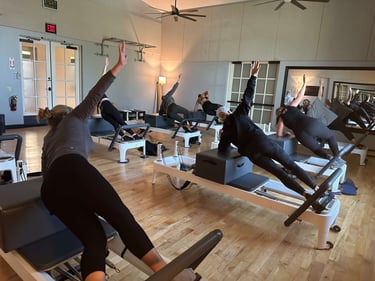How exercising stalls muscle loss, bone loss, and cognitive decline
May 3rd, 2023 | 4 min. read
By Jen Azevedo

If you are like most people maturing into their 40s, 50s, and 60s, you are ready for the discovery of the fountain of youth.
Wrinkles, reduced stamina, aching joints, and a bit of forgetfulness are hard realities we are all facing. You may look at yourself in the mirror and wonder how you even got here.
Although the secret bullet for stopping aging has not been found, science is pointing us in the right direction to slow the drivers of aging. And the results are in — exercise is proven to stall muscle and bone loss and slow cognitive decline.
The Paseo Club is a social club in the Santa Clarita Valley. We have supported our members in their journeys in health and fitness for almost twenty years. We wrote this article because we are often asked for tips about aging well.
In this article, we will share what researchers are discovering about how exercise helps to maintain peak mental and physical health and what physical activities are best for you.
The Brain
How exercise impacts the brain
When you exercise, elevated levels of a substance known as brain-derived neurotrophic factor (BDNF) prompt the creation and maturation of new brain cells and synapses. It is similar to how lifting weights builds muscle. Exercise actually “bulks up” the brain.
These increased levels are associated with improved neuroplasticity which supports functions such as memory, creating art, music, or writing, and learning new things such as navigating directions in a foreign city, following instructions to assemble a bookshelf, or understanding the rules of a board game.
Consistent exercise can help to grow the hippocampus. Keeping the hippocampus from shrinking can reduce the chance of dementia and help fight the risks of overall cognitive decline.
Signs of cognitive decline are:
- Memory loss
- Loss of motivation
- Trouble concentrating
- Difficulty completing tasks
- Reduced problem-solving abilities
- Being unaware of your surroundings
- Negative changes in mood or behavior
- Understanding and remembering instructions
What exercise improves brain function?
Research indicates that aerobic exercise is consistently the most effective in supporting brain function. Aerobic exercise elevates the heart rate and the body’s use of oxygen.
Examples of aerobic exercise are:
- Hiking
- Tennis
- Zumba
- Soccer
- Rowing
- Walking
- Running
- Pickleball
- Bike riding
- Swimming
- Basketball
- Gardening
The Muscles
How exercise impacts muscles
Muscle loss is natural as you age. The body slows its endocrine production, making muscle mass harder to maintain. When we lose muscle mass, it reduces strength, balance, and mobility.
We think of this as an issue for seniors, but muscle loss begins at the age of 30, progressing 3-5% each decade.
Poor nutrition and lack of exercise also contribute to muscle loss, accelerating this process even more.
.png?width=350&height=489&name=crop_compressed_IMG-0121%20-%20Edited%20(1).png) What exercise improves muscle mass?
What exercise improves muscle mass?
Muscle mass grows when muscles activate with resistance. Resistance training is bodyweight or weighted exercises performed in multiple sets in reps of 8-12. The workout should target all areas of the body.
An important factor of resistance training is to make it progressive. As you get stronger, you should add weight, reps, or sets to the movements so that you are challenged continually.
Plan for two to three workouts per week for optimum results.
Examples of resistance training are:
- Kettlebells
- Free weights
- Resistance bands
- Olympic weightlifting
- Medicine balls or sandbags
- Suspension equipment such as TRX
- High-Intensity Interval Training (HIIT)
- Body weight training such as sit-ups, pull-ups, push-ups, and air squats
Nutrition is an integral part of growing and maintaining muscle. Eating a healthy diet with adequate protein is necessary to reap the full benefits of resistance training.
Recent research indicates that older adults need more protein than their younger counterparts. Harvard points to a study that claims older adults should eat 1 to 1.3 grams of protein per kilogram of body weight. This is equivalent to a 175-pound man consuming about 79 to 103 grams daily.
The Bones
How exercise impacts bone Integrity
We think of bone as an inert substance, but it actually is a living tissue that can grow or shrink.
Inactivity leads to bone loss, making bones weak and vulnerable. This process can begin as early as your third decade of life.
Alternately, exercise maintains and even builds bone density and strength, making bones more resilient and durable. When your bones are stronger, they are less likely to fracture when you fall.
Exercising also helps with muscle strength, coordination, and balance, which, in turn, helps to prevent falls and related fractures. This is especially important for older adults and people diagnosed with osteoporosis (loss of bone density).
What exercises improve bone integrity?
Weight-bearing exercise that makes you move against gravity has long been known to build bone density. When exercise puts force on your body, it creates more density in your bones, making them stronger.
Swimming and bicycling can help build and maintain strong muscles, which have excellent cardiovascular and cognitive benefits, but these physical activities do not support bone health.%20(1).jpg?width=450&height=289&name=compressedunnamed%20(2)%20(1).jpg) Some examples of weight-bearing exercises are:
Some examples of weight-bearing exercises are:
- Hiking
- Tennis
- Walking
- Dancing
- Running
- Aerobics
- Pickleball
- Field sports
- Plyometrics
- Weight-lifting
- Jumping rope
- Climbing stairs
- Strength training (such as push-ups, lunges, and squats)
What do these findings mean for the aging population?
Aging is a natural process and it is a tough part of life. On the one hand, we must deal with our inevitable decline. On the other hand, we want to preserve our energy, strength, and mental fortitude, enjoying life as much as possible.
Although there is no way to avoid aging, we can look to find a sweet spot of growing old gracefully, doing our best to maintain active bodies and minds with a combination of aerobic and resistance training.
This approach is corroborated by the researcher Nathan LeBrasseur, a professor of physical medicine and rehabilitation at the Mayo Clinic, “Exercise is the best defense and repair strategy that we have to counter different drivers of aging.”
The Paseo Club is a community for people of all ages and interests. Members love to get fit at one of our 60+ fitness classes available weekly. We also offer 21 tennis and pickleball courts for games and drills and a junior Olympic pool.
But we don’t believe life should be all work and no play. Come enjoy a meal at the cafe, receive a massage at the onsite spa, or socialize at one of our awesome member mixers, such as Wine Down Wednesday.
If you haven’t seen our club in person, schedule a tour today!
Read these articles to learn more about staying healthy and fit while aging.
Jen Azevedo is a tennis professional, pickleball professional, personal trainer, group exercise instructor, and the general manager of the Paseo Club. She loves the community at the Paseo Club and that it is also a safe and fun place for her daughter. Jen’s favorite activities are joining her tribe for trail races or her partners for tennis matches. Occasionally Jen slows down to relax with a book — she reads over 100 a year!
Topics:


%20(3).jpeg?width=400&height=254&name=compressedIMG_5253%20(1)%20(3).jpeg)
.png?width=375&height=507&name=crop_comp_IMG-2723%20-%20Edited%20(1).png)

